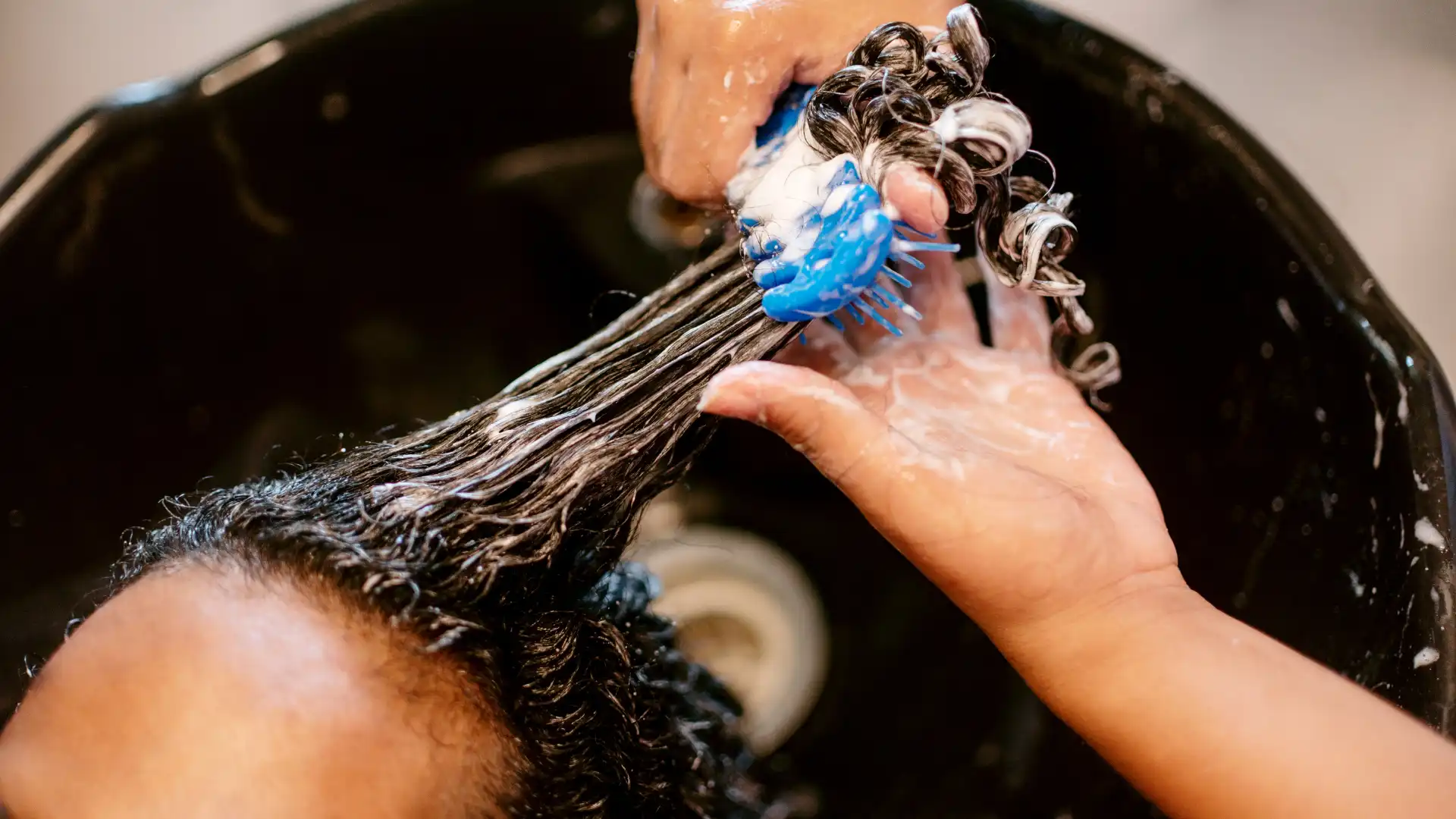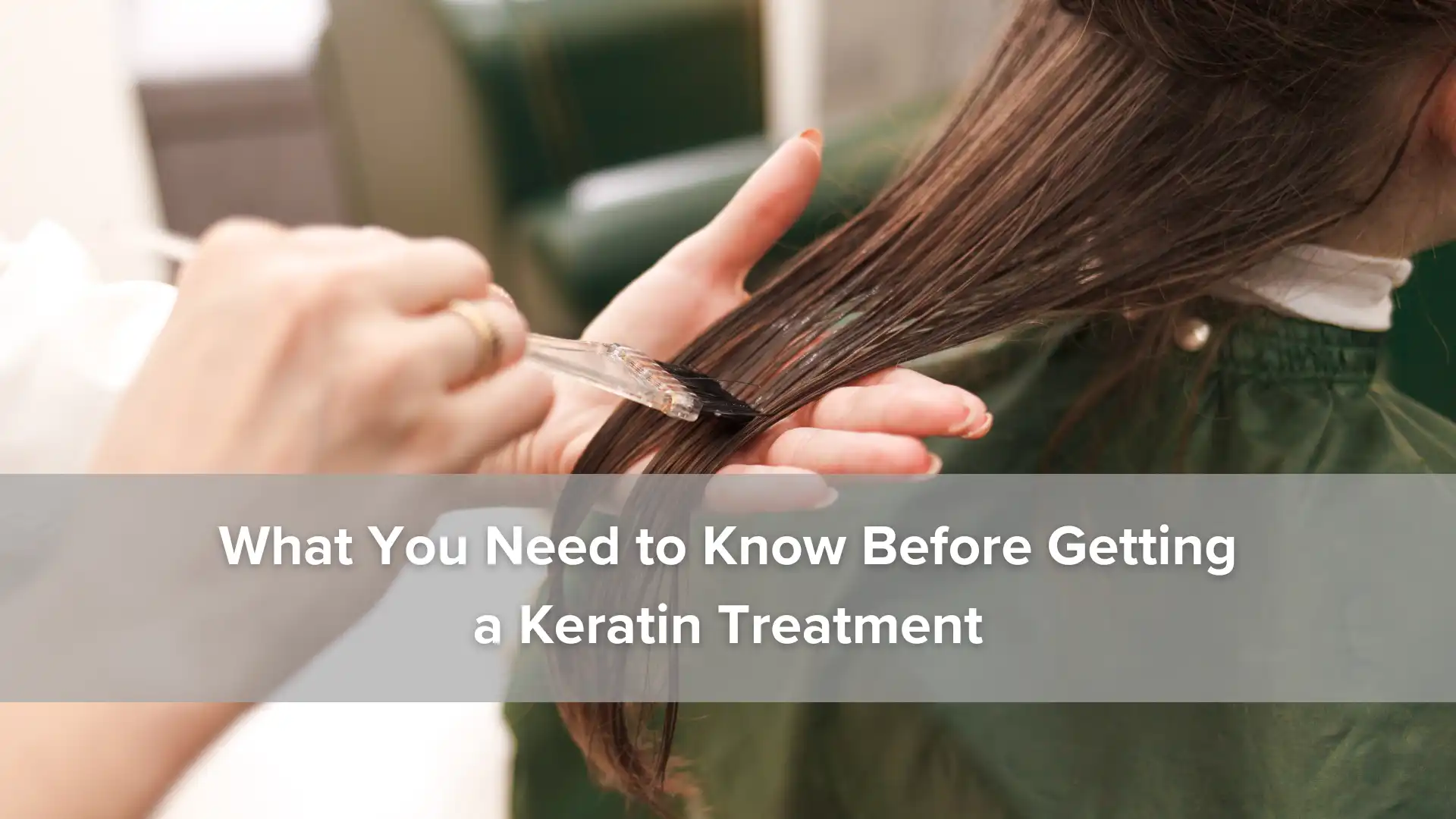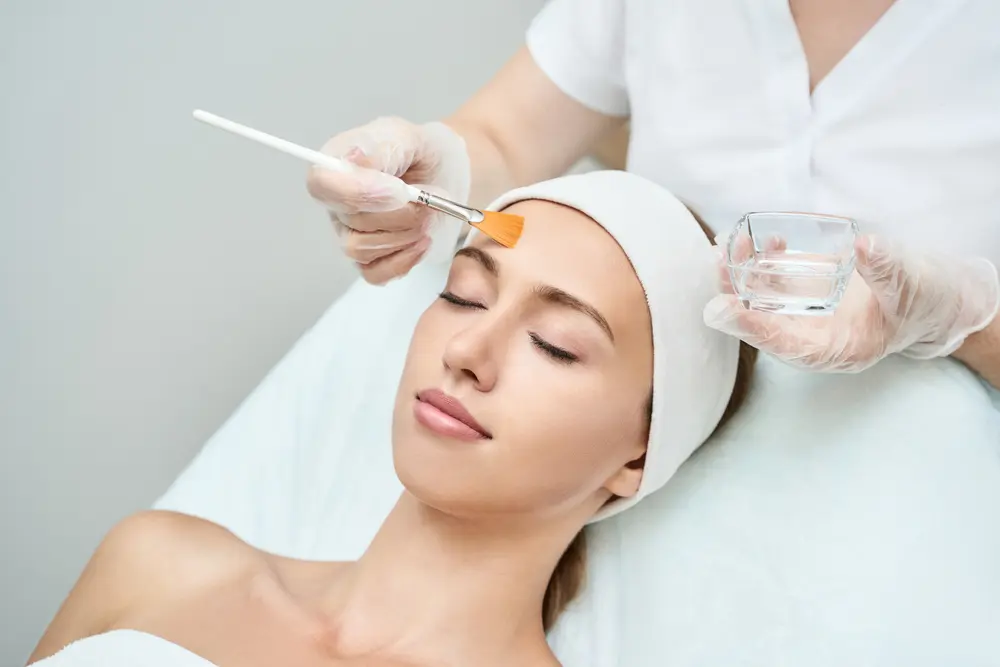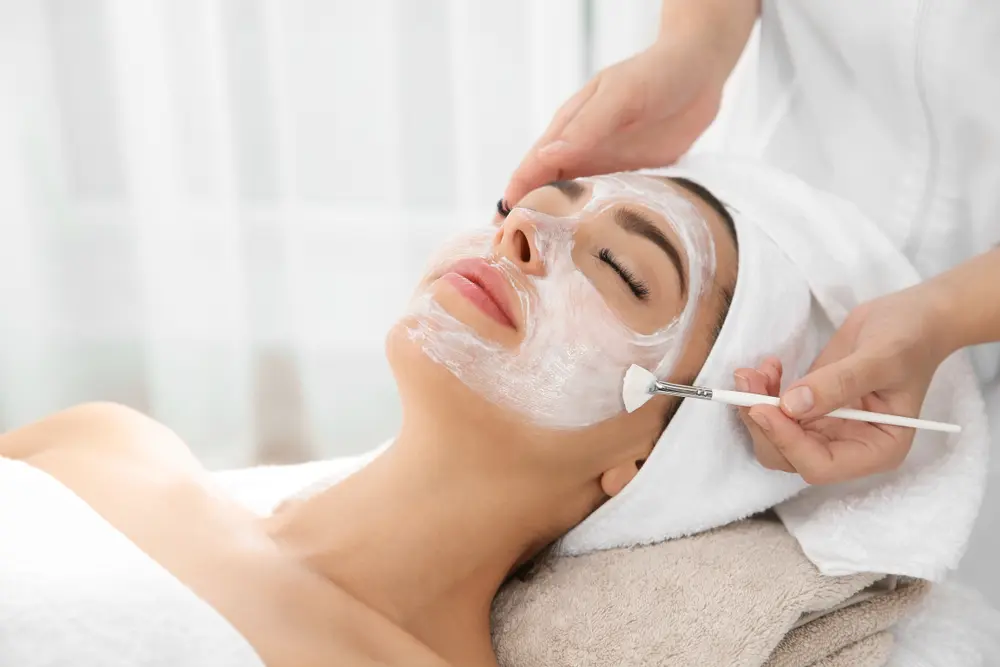Hair is made up primarily of a protein called keratin. Therefore, adding regular salon keratin treatments to your hair routine is perfect for helping you maintain soft, shiny, and healthy hair! Right? Although keratin is essential for maintaining strong and healthy hair, too much can cause problems. You need to strike the right balance.
Who Is a Good Candidate for a Keratin Treatment?
Keratin is a protein found in hair, skin, and nails. Environmental factors, chemicals, and heat can all break down keratin. Eventually, people may find that their hair feels frizzy, damaged, or lacks the electricity and shine it once had. Professional keratin treatments involve applying a keratin-based solution to the hair. These treatments aim to seal the hair’s outer cuticle. The result can be straighter, sleeker, and softer hair that is more manageable and easier to style.
Keratin treatments can last up to six months, depending on how you care for your hair. However, they are not for everyone. Protein overload is a concern. If not done by a professional stylist or when used excessively, keratin can potentially damage hair, leading to breakage and dryness. In general, those who are good candidates for keratin treatments include:
- Individuals with frizzy or hard-to-manage manes
- Those with wavy, curly, or coarse hair who want a sleeker style
- Individuals with color-treated or chemically processed hair
- Individuals with dull or dry hair
- Individuals looking for lower maintenance styling
Keratin treatments should be avoided by people with extremely fine or thin hair or those with overprocessed or highly damaged hair. The strong chemicals sometimes used in keratin treatments may also be unsafe for pregnant or nursing women.
What to Do Before Your Keratin Treatment
If you are ready to experience the softest, smoothest hair of your life and are a good candidate for the treatment, it is time to prepare for what’s ahead. First things first. Do your research and find a reputable salon with experience applying keratin treatments. Keratin treatments involve an in-depth chemical process that individuals should never attempt without proper training. Ask your stylist how long they have been working with keratin, what their training is, and what products they use for the treatment.
Ready to take the plunge? Wash your hair thoroughly with a clarifying shampoo at least the day before your appointment, or as directed. This process helps remove oils, product buildup, pollution, and other residue on your hair. Clean hair helps the keratin bond better to the cuticle. Avoid using a conditioner because it deposits oils or residue back onto the hair. The same goes for styling products. Skip your normal oils, serums, or styling products before your appointment.
The timing of your treatment is also everything if you want to achieve optimal results. If you have a color appointment, make it about three to seven days before your keratin treatment appointment. Applying keratin after color can help seal in the color and enhance shine. Plan a haircut or trim around the same time as your color. You can’t “fix” split ends, only mask them. A fresh cut can help enhance a keratin treatment’s sleek, smooth result.
Are you unsure what else you should do before getting a keratin treatment? Just ask! Your stylist wants to ensure you are happy with the result. Ask for their advice and follow it to the letter for the best results.
What to Expect During the Treatment

Once you complete an initial consultation, get ready for the keratin treatment process, which looks like this:
- Clarifying hair wash.
- Blow-dry the hair to 80 to 90 percent dry.
- The stylist sections the hair and applies the keratin solution from root to tip, then allows the chemicals to process.
- While the product is in the hair, your stylist will blow-dry the hair again, allowing the heat to help seal the product to hair strands.
- A flat iron is used to seal the keratin into the cuticle.
- Depending on the product, your stylist may rinse your hair and apply a keratin sealing serum before blow-drying again.
Be prepared for the process to take a long time. Depending on hair length and texture, the process can take hours. You may also notice an odd odor from the chemicals.
Therapy Hair Studio Can Help You Find Soft, Smooth, More Manageable Hair
Get a sleek new look with help from a professional stylist at Therapy Hair Studio. We have the experience and products to give you the hair of your dreams.
Contact us today and schedule an appointment.
Related Posts:







